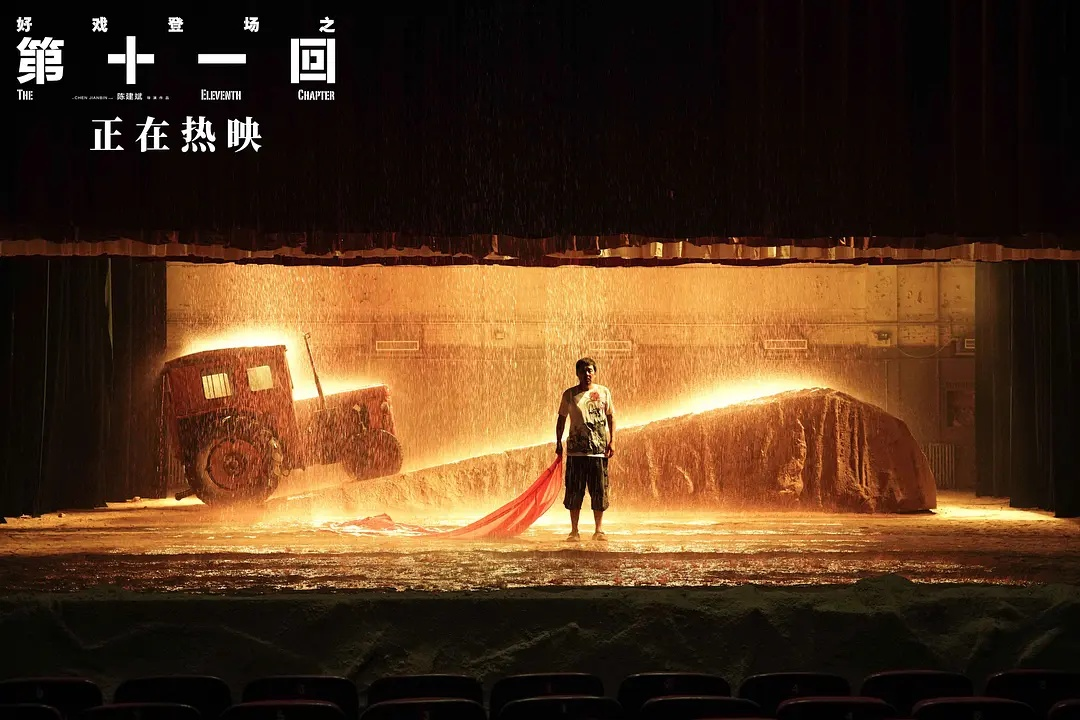每日外闻90
中文书名《超爆魔鬼经济学》
盖茨最喜欢的书中揭穿许多经济学家所做的研究的章节,这些研究是他们用来声称人们在做出选择时是非理性的。Dubner和Levitt的新研究表明这些研究得出了错误的结论。盖茨认为,研究人员所看到的是对参与测试的学生的社会回报/风险的反映,而不是人类经济思维中的一些基本缺陷。
这本书还谈到了人们低估了在过去100年里生活在各个方面的改善。他们使用了分娩死亡率的变化作为例子。而且还讨论了疾病,特别是脊髓灰质炎方面的疫苗和汽车安全方面的进展。例如汽车安全带就是一种有神奇效果的发明,而在充分使用汽车安全带的基础上,安全气囊和儿童汽车座椅能提供的额外的安全效果的
这本书中使用了大量有趣的例子来挑战人们的直觉传统思维。
-----
以下是盖茨的原文:
I had a chance to read a prepublication copy SuperFreakonomics before it was officially released.
I really liked Freakonomics and I think SuperFreakonomics is even better.
Steven Levitt and Stephen Dubner like to cover a lot of ideas, in contrast to Malcolm Gladwell, whose books I like a lot too. Gladwell tends to take a few ideas and illustrate them in depth with a lot of examples.
I recommend this book to anyone who reads nonfiction. It is very well written and full of great insights.
I could be accused of bias in recommending it because I had some limited involvement in three of the stories.
In discussing U.S. health care, the authors work with Craig Feied and Mark Smith to use the data-gathering software now called Almaga which was bought by Microsoft. It is an amazing piece of technology with its ability to let you look at patient trends. The book explains how this data can be used to look at the quality of doctors and different medical procedures.
When they talk about how you might reduce hurricane damage, they mention Nathan Myhrvrold and the team at Intellectual Ventures and their idea to mix hot water on the surface of the ocean with cooler water below to reduce hurricane strength. Unfortunately the authors don’t figure out how the economics should work and who would authorize an experiment that would change the local weather with mostly good effects, but perhaps some bad effects as well.
When they focus on global warming they again mention Intellectual Ventures and you meet Lowell Wood and Ken Caldeira for a discussion of how geoengineering can probably delay the effects and provide many extra decades to make the changes in energy production and use that are necessary. Levitt and Dubner do a great job of describing the idea but don’t go into the question of how it should be applied.
One of my favorite things in the book is the debunking of many of the studies economists have done that they use as the basis for claiming that people are irrational in their choices. Dubner and Levitt cover new research that shows that the wrong conclusions were drawn. I think what researchers are seeing is a reflection of the social rewards/risks for the students involved in the tests rather than some basic flaw in human economic thinking.
The book also talks about how people underestimate how much life has improved in every way during the last 100 years. The example they use is the risk of dying in childbirth and how that has changed. They also talk about progress on diseases (particularly vaccines such as polio) and car safety. I knew that seat belts were an amazing intervention but I hadn’t realized how little extra safety airbags and children’s car seats provide on top of what is provided by the full use of seat belts.
One area where the book doesn’t quite get the story right is in discussing how important nitrogen fertilizer was in increasing food production. The Vaclav Smil book Enriching the Earth: Fritz Haber, Carl Bosch and the Transformation of World Food Production tells this incredible story in great depth. SuperFreakonomics talks about ammonium nitrate as if it was the silver bullet that made the advance possible. There was some ammonium nitrate that was mined from South America but that quickly ran out. The real advance was the process to extract nitrogen gas from the air and turn it into the nitrogen compounds that plants can use.
There are tons more things in this book that you will find cool that I don’t mention.
See you tomorrow












